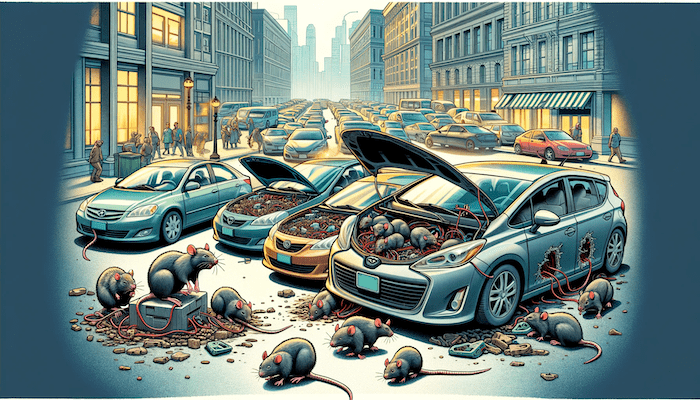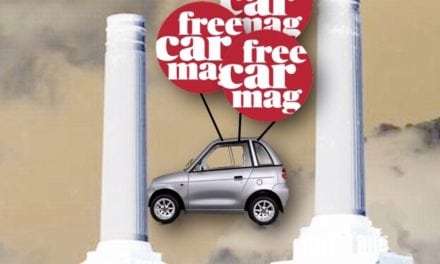Shahzad Sheikh explains Rat-astrophe on Wheels and why Soy Wiring Turns Cars into Rodent Buffets!
Rodent Alert! The automotive industry’s eco-friendly shift has turned our beloved cars into a gourmet feast for rodents. Yes, you read that right. Our streets are witnessing a “Rat-astrophe,” as modern vehicles become the latest victims of rodent infestations, thanks to soy-based wiring.
The issue at hand is both bizarre and frustrating. In a commendable move towards sustainability, car manufacturers have replaced traditional petroleum-based wire insulation with a greener alternative: soy. While this shift is a win for the environment, it’s proving to be enticing for rats.
Reports are flooding in from various regions, with a significant surge in incidents of rodents munching through car wires. This new diet preference of our urban rat population is not just a minor inconvenience. It’s leading to extensive, and not to mention expensive, repairs for vehicle owners.
The problem is particularly pronounced in vehicles parked for extended periods, a common sight in cities like London, where Ultra Low Emission Zone charges discourage frequent driving. This leaves cars sitting ducks (or should we say sitting cheese?) for rodent attacks.
The severity of this issue is not lost on the public. In the United States, class-action lawsuits have been filed against automotive giants like Toyota and Ford. Car owners, burdened with steep repair bills due to rodent damage, are seeking justice. However, car companies have so far dodged responsibility, citing a lack of scientific evidence linking soy materials to increased rodent attraction.
But where do these rodent infestations occur most frequently? Anywhere, but they’re particularly prevalent in rural or suburban settings, or areas where cars remain stationary for long periods. The onset of cooler seasons sees a spike in incidents, as rodents seek both shelter and food in vehicles.
In urban areas like London, the rise in rodent-related vehicle damage is alarming. Factors such as construction displacing rodent populations and changes in waste management contribute to this trend. The RAC reports a staggering 55% increase in breakdowns caused by rodents, from 196 incidents in the first 11 months of 2018 to 303 over the same period in 2023.
So, what’s the deal with soy-based wiring? It’s simple: the coating on these wires is derived from soybeans, making it environmentally friendly and biodegradable. However, its organic nature also makes it more appealing to rodents, leading to increased gnawing incidents.
But fear not, there are ways to protect your vehicle from these furry vandals:
Physical Barriers: Wire mesh and rodent deterrent tape can be used to cover entry points into the vehicle, such as vents or engine bay openings.
Chemical and Natural Repellents: From mothballs and cayenne pepper to peppermint oil and capsaicin sprays, these can be sprayed around and underneath your car.
Ultrasonic Devices: Emitting high-frequency sounds intolerable to rodents but silent to humans, these devices are a non-toxic deterrent, though more effective in enclosed spaces like garages.
Cleanliness: Keeping your car and parking areas clean, removing potential food sources, and conducting regular vehicle inspections can go a long way.
Professional Services: When all else fails, it’s time to call in the experts – the Rat-busters.
This rodent dilemma is more than just a nuisance; it’s a wake-up call for both car manufacturers and owners. As we embrace sustainable practices, we must also be prepared for the unexpected challenges they bring. For now, the battle against these four-legged wire enthusiasts continues.
BrownCarGuy.com
YouTube.com/BrownCarGuy
Facebook.com/BrownCarGuy
Instagram.com/ShahzadSheikh
Twitter.com/Shahzad_Sheikh











